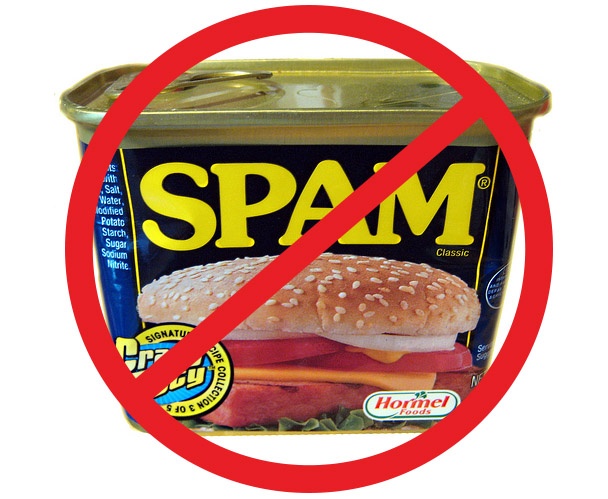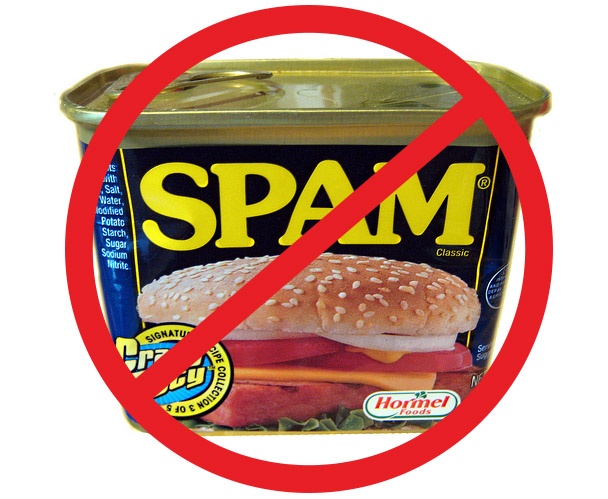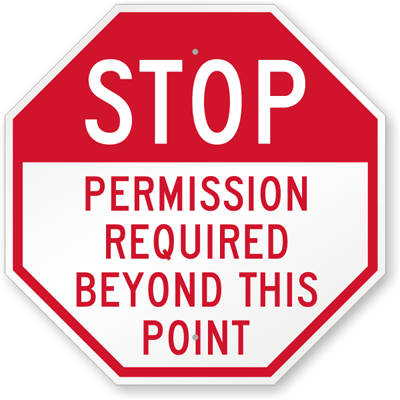Since the advent of Electronic Mail, enterprising and morally gray entrepreneurs have been using unsolicited email, or SPAM, to play the odds and make a buck. The emails they send range from semi-legitimate to downright illegal, and the unfortunate truth is, there's very little that can be done to stop them.
Today SPAM accounts for 14.5 billion email messages a day, or 45% of all emails. Most of these are advertising (36%), with adult content at a close second place(31.7%). Despite SPAM's reputation, scams and fraud account for only 2.5% of all unsolicited email (75% of which are identity theft scams). Spam blockers help weed out many of the worst offenders, but plenty of SPAM still gets through.
How does this affect me?
The affects of SPAM on Email Marketers have been devastating. Not only has the constant barrage of SPAM damaged email's reputation as a communication channel, but the ever-increasing aggressiveness of anti-SPAM measures have made sending emails more and more difficult for legitimate businesses. That being said, there are some steps that can be taken to help improve your reputation with your audience, educate them about SPAM and help them avoid it.
1. Never Use a Web Client to Send Email Marketing Messages
If you're using an email client like Outlook, Thunderbird, Yahoo, Gmail or AOL to send email marketing messages just stop. now. please. Using your personal email is one of the worst things you can do, and there's several reasons why:
- Your email list is easier for spammers to farm.
Spammers love it when marketers use their personal email to send emails, because it opens up an opportunity for them to easily farm your entire email list. - Your email provider will mark you as SPAM.
Most email providers have limits on how many emails they allow their users to send. If you surpass this limit, they will assume that your account has been hacked and block your out-going messages. - Your recipient will mark you as SPAM.
Most email providers use advanced reputation-based SPAM blockers that will quickly drop your emails in the SPAM bucket when your reputation sinks from sending too many emails too often. - Your email will look untrustworthy or amateurish.
Email clients are very limited when it comes to design & layout, and there is little standardization between clients. This makes designing a professional-looking email that will work with any client or device nearly impossible, leaving you with a broken mess of an email message that will make you look both unprofessional and untrustworthy. - Your list will be impossible to manage.
Let's face it. Your email client's address book is a horrible way to manage your email list, and most email clients don't provide an easy way to import or export contacts or manage duplicates.
There are many options for email marketing providers that can help you create and send professional SPAM-free emails that will wow your recipients. Some, like Mail Chimp, even offer free limited accounts (up to 2000 contacts), while others offer reasonable rates for larger lists. Shop around, and see which one you feel is right for your business.
2. Always Use a Company Email Address
If the retail giant Target sent you an email from target@yahoo.com, would you trust it? Using your company email is not only essential for building trust, but it also frees you from the terms and conditions imposed by many free email providers. For instance, it's a well known fact that Gmail uses data skimmed from emails to target advertising to it's users. So imagine if your selling shoes, and your email provider pops in an ad for shoes half the price right under your email? Believe me, I've seen it. Build trust and stay in control by using you@yourdomain.com type emails. If you have a website (please tell me that you do), it's easy to setup an email for your domain through your hosting provider.
3. Always Include Contact & Opt-Out Information
This is not only a good practice, but it's also the law. The CAN-SPAM Act requires senders of promotional emails to include their full address, phone number and an valid unsubscribe method. Refusing to do so will not only damage your reputation and relationship with your recipients, but it will also guarantee that your emails end up in your client's SPAM folder.
4. Always Use a Permission-Based Email List
The more explicit your permission to send a recipient email is, the better. Recipients who are well aware they gave you permission to send them email will be much more likely to engage with your marketing messages and much less likely to report you as spam. This is important not only because of the fact that higher engagement means a better return on your investment, but also because too many bad reports will increase your SPAM score and make it nearly impossible for you to send emails to anyone.
5. Have a Policy and Stick to It
A subtle but highly effective way to increase your reputation, educate your recipients, and protect them from falling prey to SPAM messages pretending to be you is to have a rigid email marketing policy, including it in your emails, and sticking to it. You see this tactic used most often with financial institutions. They will include messages in their emails that read something like “We will never ask you for your password or account information via email.” Including messages like this in your email will inform your recipients of your email policies and make it easier for them to spot scam emails posing as you.



